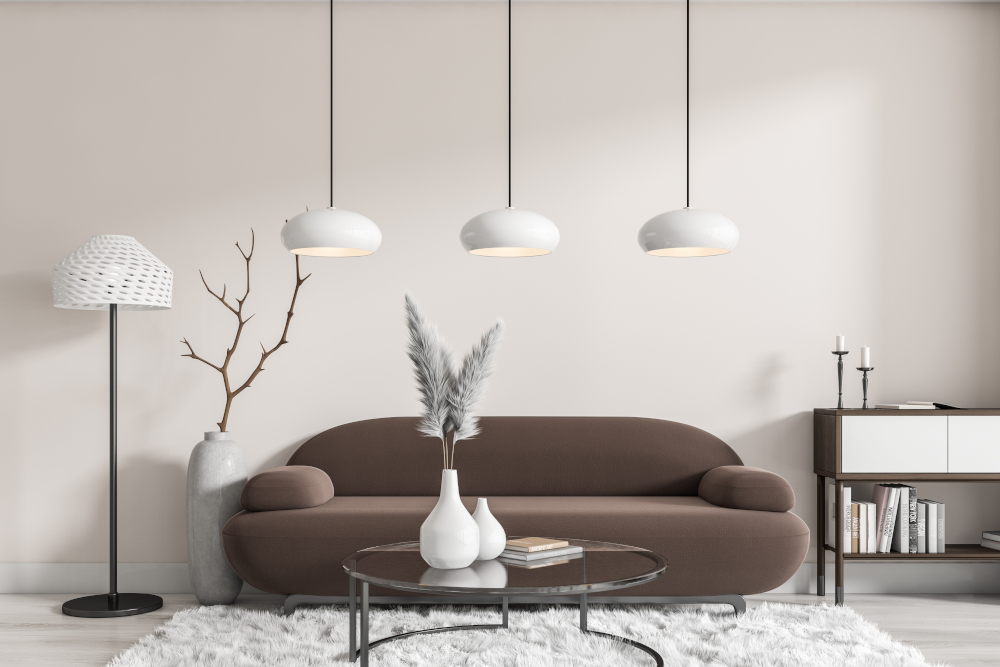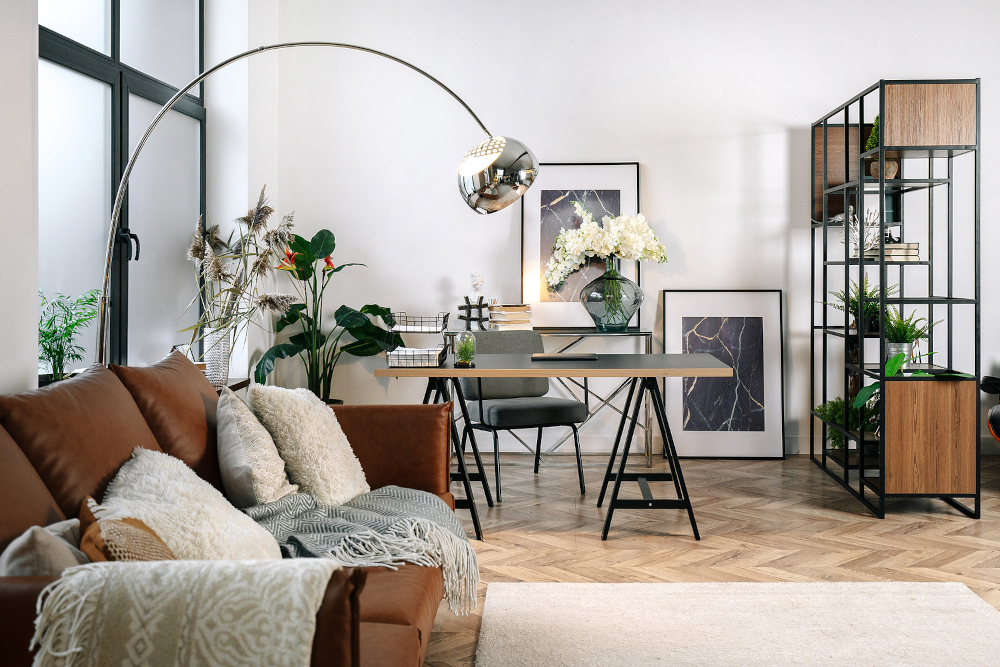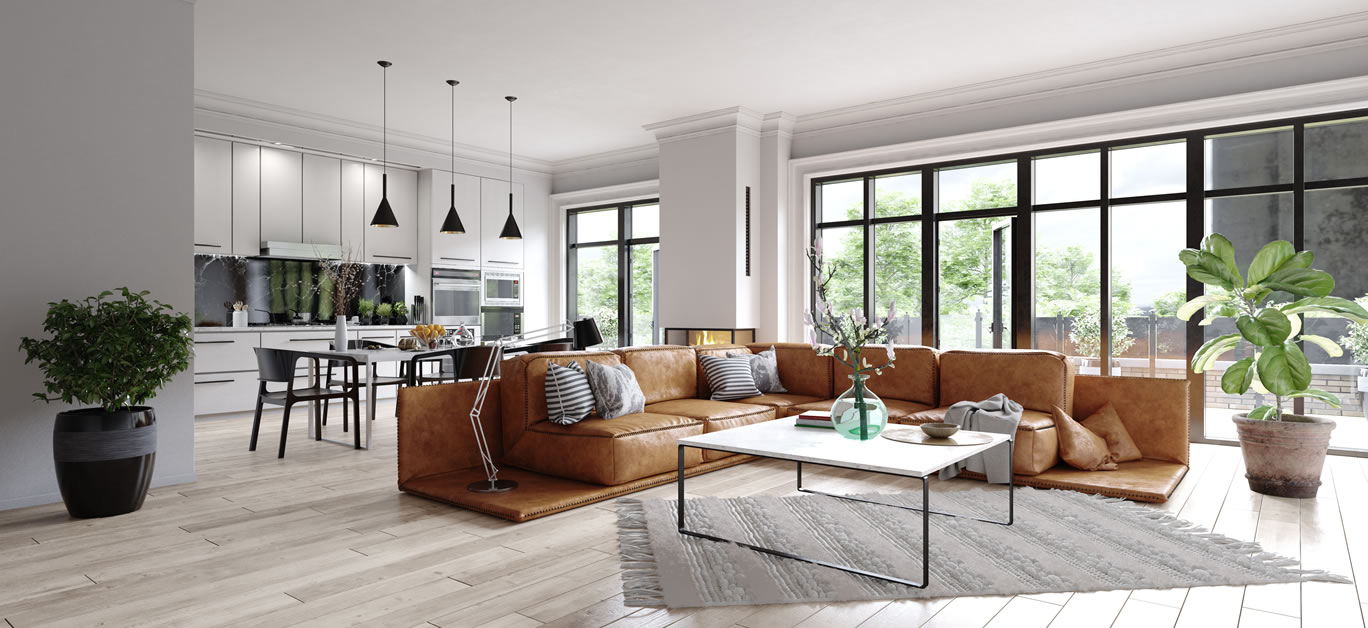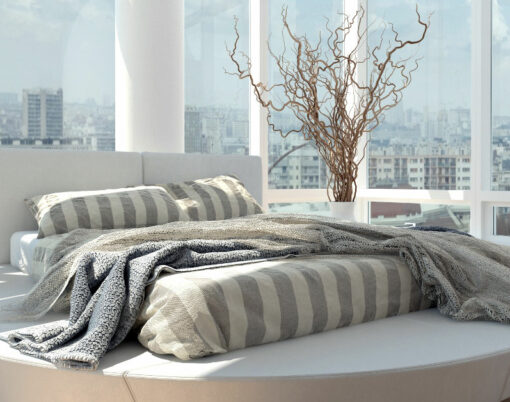How you light your home or workspace can be essential in ultimately feeling happy, healthy and productive in your environment.
The right lighting can make all the difference to your set up and each scenario will need to be considered when planning for the perfect ambience for the task at hand. Is it a productive workspace you’re illuminating? A cosy set up at home? Or a space that needs task lighting to ensure you stay focused on what you’re doing?
There are some common lighting problems that can crop up in any place and below we will explore potential issues and suggest how you can eliminate them for better lighting and ambience all round.
Insufficient lighting fixes
Some parts of your property may be bright and filled with light, while others can be left in the dark, resulting in possible safety hazards and an unbalanced atmosphere. If you find that your lighting is uneven around your space, there are simple solutions to fix this issue. Adding free-standing lamps to areas where there are no overhead lights can help to even out the lighting. This can work well in living spaces and bedrooms, while wall lights can be useful in areas such as stairwells and hallways.
Free-standing lamps can help to eliminate shadows and can create a more flattering and pleasant light in bathrooms and recessed areas. Ensure that any bulbs are replaced regularly and that existing light fixtures are clean so that you are receiving their full brightness.

Inappropriate task lighting
If you work from home, you may find that you are getting distracted by the lighting around your workspace being too dark, even in an otherwise bright room. Task lighting is an important part of increasing focus while working from home in rooms with ambient light.
Task lighting is essential for those working with small or detailed items especially, such as crafting, but task lighting can also help with computer work. Many lighting specialists offer a great range of task lighting perfect for increasing productivity while working from home. Introducing a desk lamp can prevent low contrast from becoming a problem, reducing eye strain and improving focus. This can also be beneficial for underneath kitchen counters and in bathrooms where lighting can be at a minimum.
Lack of natural light
A lack of natural lighting can cause problems with your health and wellbeing and so ensuring that you have enough light flowing through your windows is important to keep you a happy and healthy individual, especially in winter when the sun is somewhat elusive.
If you find that you are putting on your overhead lighting or lamps in the middle of the day, this could mean that the room isn’t receiving enough natural light due to small or no windows or the light being blocked. A simple fix could be a change in window dressings, while it may also be worth positioning your furniture to expose windows and allow light to flow freely. You can also use light fixtures to improve or enhance natural light, or to provide an illusion of it. Introducing chandeliers can reflect light to brighten a room, and ensuring rooms are painted with lighter shades can also improve the amount of light.

Glare problems and solutions
In some cases, too much light is just as bad as not enough light and glare occurs when the light is too bright and you cannot clearly see as a result. This will cause your eyes to adjust to this high light level, which can make it harder to adapt to low light and cause headaches, eye strain, and difficulty paying attention. It can also simply make it challenging to continue with screen-based activities.
Glare can be the result of light bouncing off reflective surfaces like windows, screens, mirrors, or high gloss surfaces. It can also be due to high levels of natural light or light fixtures being positioned inappropriately. In order to tackle this, you can use fewer large overhead light fixtures, and introduce smaller wall lights to reduce intensity.
Concentrated light is a good idea, and covering up bulbs with shades can reduce glare. Adjustable lighting in your home interiors can be changed to meet your needs at different times of the day. Of course, introducing blinds to reduce glare from natural light sources is also helpful in tackling this common issue.






















